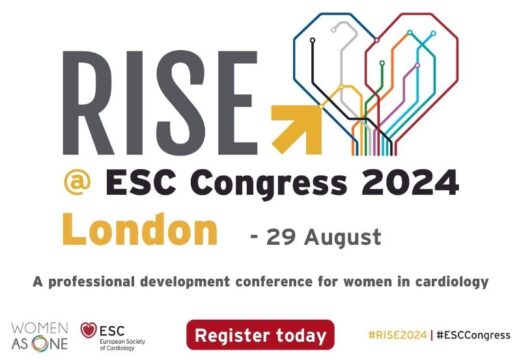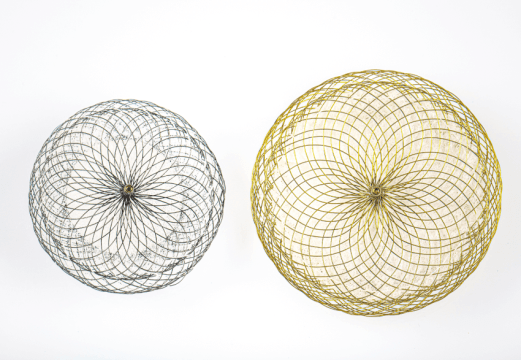Original title: Door-to-Balloon Time and Mortality among Patients Undergoing Primary PCI. Reference: Daniel S. Menees et al. N Engl J Med 2013;369:901-9.
For more than a decade has been ranked , like a race, to the delay times that occur in hospitals until angioplasty is performed in the context of an infarct with ST segment elevation . Several observational studies showed that reduce the time in primary angioplasty reduces mortality . This study analyzed 95007 patients admitted with a diagnosis of ST segment elevation infarction who received primary angioplasty between 2005 and 2009 at 515 centers . The proportion of patients with diabetes, hypertension and dyslipidemia was increased in each year of registration as well as patients with previous myocardial infarction or previous angioplasty .
The 10% was received suffering a cardiogenic shock and this was constant throughout the period. Globally, 20 % received thrombectomy and this was increased with age from 13 % in 2005 to 27 % in 2009 (p = 0.001). To 90 % was implanted with stent, being variable the relationship between DES / conventional stents over time . The use peak of pharmacological stent (DES) use was during the period 2005-2006 by 76.8 % reaching 37.4 % during 2007-2008 .
It also declined the use of glycoprotein IIB IIIA but increased the use of direct thrombin inhibitors . The average door-balloon time decreased from 83 minutes in 2005 and 2006 to 67 minutes in the last years ( p < 0.001 ). Despite this decrease in time, unadjusted overall mortality was unchanged remaining around 4.7 %. When compared to patients which took less than 90 minutes against those who took more than 90 minutes mortality in effect, was different ( 3.7 % versus 7.3 % p < 0.001 ). There were no differences in mortality over the years in the subgroups of > 75 years , previous infarction or cardiogenic shock .
Conclusion:
Although door-balloon time has improved significantly in patients suffering an ST segment elevation myocardial infarction undergoing primary angioplasty, virtually mortality has had unchanged. These data suggest that additional strategies are needed to reduce mortality .
Comment:
While this analysis shows no change in global form , if it proves that it has made efforts through various publications on cutting door-balloon times and achieving a reduction in mortality if it’s performed within 90 minutes without a significant improvement in high-risk groups . New strategies are certainly needed to change the course in these patients . It is also important to remember that the education of the population and the response of health systems to acute myocardial infarction would reduce the time of arrival at the hospital
Courtesy Dr. Carlos Fava .
Interventional Cardiologist .
Favaloro Foundation . Buenos Aires .
Dr. Carlos Fava para SOLACI.ORG





